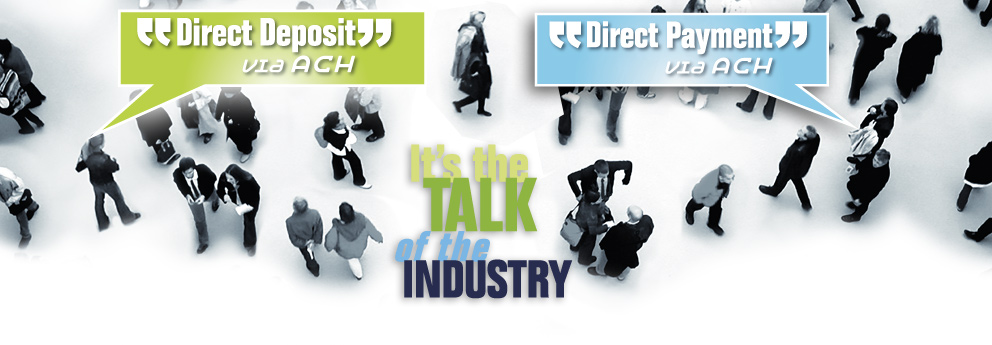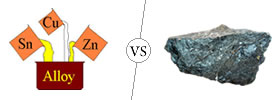Difference between ACH and Check
Key Difference: Automated Clearing House (ACH) is an electronic network that is used for financial transactions. It processes large volumes of transactions in batches. Wire transfers authorize the bank on behalf of customer to wire accounts and transfer in other accounts. A check or cheque refers to a document that authorizes and provides instructions to order a certain amount of payment from a bank account.
ACH and check both refers to the process of transferring from one institution or person to the other institution or the person. Paper checks are now being replaced by the electronic version that is also known as the electronic check. However the term check is generally used to denote paper check. Thus, this article will bring out the differences between the ACH and the paper checks.

ACH of America was created in 1970. In 1974 National ACH Association arose from regional ACH organizations and rules were established to facilitate the nationwide clearing of ACH payments. This network is a batch processing, store and forward system. Many countries have a national automated clearing house.
Apart from few differences, the basic processing remains the same. Transactions that are received by any financial institutions are generally stored and then processed later in batches. The payments are not sent individually. These ACH transactions are then accumulated and sorted depending upon the destination for transmission during a predetermined period. It avoids paper checks, and thus ACH transactions are transmitted electronically. Bills can also be scheduled to be paid on time.
The payments covered under ACH are:-
Direct deposit of payroll
Direct deposit of government benefits like social security
Payment of consumer bills as loans etc,
E-commerce related payments
Business to business payments etc,
Automated Clearing House (ACH) system is known be the name of Electronic Clearing Service (ECS) in India. ECS is currently available in around 89 centers in India. Reserve Bank of India operates this service in India. With the introduction of NACH or National Electronic Clearing Service (NECS) by Reserve Bank of India, the reach of the system has been further extended.
The transactions involve large volumes of credit and debit transactions that are processed in batches. The transactions are obtained from a variety of different types of organizations and businesses.
To understand the example of ACH credit transactions we can consider transactions related to the direct deposit payroll and payments to vendors made electronically. On the other hand, ACH direct debit transfer examples include consumer payments on things like insurance premiums, mortgage loans, cell phone bills and other monthly types of expenses.
A check or cheque refers to a document that authorizes and provides instructions to order a certain amount of payment from a bank account. The person who provides the authority is known by the name of drawer. The drawer has a current or checking account.
a certain amount of payment from a bank account. The person who provides the authority is known by the name of drawer. The drawer has a current or checking account.
This account may be having some money deposited in it. The drawer writes details like the amount of money, a payee, date and then signs it. Now this document is provided to the bank that instructs to pay the person or company the amount of money that has been stated in the check. This is helpful as the drawer doesn’t have to carry the money to make payments.
During the 20th century the checks became very popular and were used to carry out most of the business related transactions. In case, there are insufficient funds for the cheque to clear, it is said that the cheque has bounced. These paper-based, checks are costly for banks to process in comparison to electronic payments like done via ACH.
ACH transactions are regarded as more reliable than the transactions through checks. This is due to the reason that checks can often get bounced and it may take any time up to three weeks to be aware of the bouncing status, whereas the status of ACH transaction gets available in less than 72 hours.
ACH also provides scheduling of bills; thus this automated service provides a more convenient way of paying the bills. Paper checks are read by humans to refer the digits. They may also need OCR softwares to electronically read handwriting. On the other hand, the ACH transactions do not require such processes and thus can be considered more accurate than the paper checks. Some of the differences are mentioned in the table:-
|
|
Check |
ACH |
|
Definition |
A check or cheque refers to a document that authorizes and provides instructions to order a certain amount of payment from a bank account |
Automated Clearing House (ACH) is an electronic network that is used for financial transactions. It processes large volumes of transactions in batches |
|
Clearance time |
Can take up to couple of weeks |
Few days |
|
Provides funds |
Payer (the person who writes the check) |
ACH Debit: Receiver ACH Credit: Originator |
|
Banks starting with funds |
Paying Bank |
ACH Debit: Receiving Depository financial Institution ACH Credit: Originator Depository financial Institution Receiving Depository financial institution |
|
Obtains funds |
Depositor of the check |
ACH Debit: Originator ACH Credit: Receiver |
|
Banks ending up with funds |
Depository Bank |
ACH Debit: Receiving Depository financial Institution ACH Credit: Originator Depository financial Institution Receiving Depository financial |
Image Courtesy: nacha.org, optionsnow.com









Add new comment